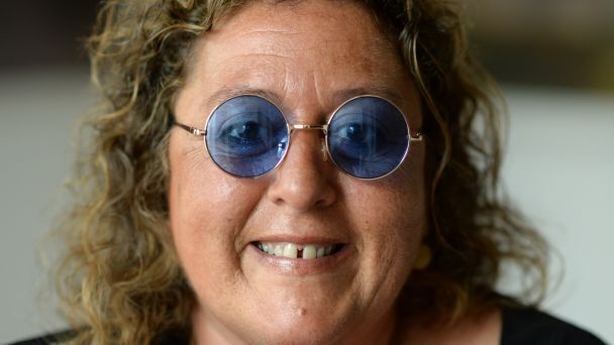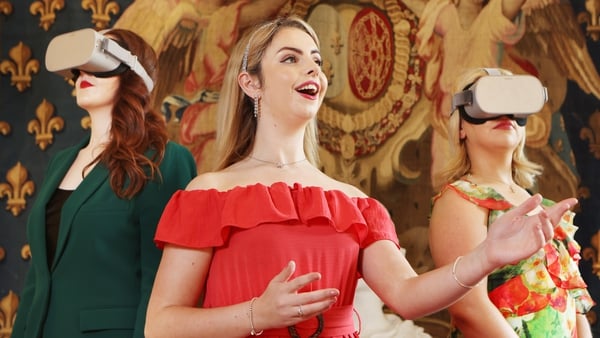Every war by its all-encompassing nature is a 'people's war’; conflict doesn’t discriminate on grounds of creed, class and least of all, gender. It draws in not just the men in uniform, the weary foot soldiers in the trenches, or the generals leading battle, but also the countless women who have been caught up in warfare over the centuries.
On Tuesday September 19th, the Trinity Long Hub Arts & Humanities Institute is hosting a wide-ranging discussion on the themes and vision behind this year’s Wexford Festival Opera, Women & War.
Artistic Director of Wexford Festival Opera, Rosetta Cucchi, will be joined by Irish Times foreign correspondent Lara Marlowe and the Trinity Long Room Hub Director, Eve Patten for Women and War: Representation in the Creative Arts: Literature, Music and Visual Art.
Women & War is the theme for Wexford Festival Opera 2023, the fruition of Artistic Director Rosetta Cucchi’s long-held interest in the way this subject has shaped the world of opera. Each of the Festival’s chosen operas highlights a different aspect of the struggles faced by women as they battle through conflict, prejudice, and the challenges of making their voices heard.
What roles have women played in war? From keeping the home fires burning in ancient times to supporting the military with domestic work in the early 18th Century; from taking up nursing positions during the Crimean War, to driving ambulances in the Spanish Civil War, women have always been present in the scenery of international conflict.
The role of women in the First World War was at first greatly undervalued, but as time has passed the extraordinary ways in which women helped the war effort have been revealed. Nursing was the main involvement by women in the conflict, and young single women flocked to volunteer for the Voluntary Aid Detachment or the British Red Cross.

After 1915, when the need for shells intensified, women were brought into munitions manufacturing in large numbers. By 1918 almost a million women were employed in some aspect of munitions work. Although relatively well paid, munitions work was often dangerous and involved working long hours. Women in large shell-filling factories worked with the chemical substance TNT, which led to several devastating explosions.
In the Second World War, the dynamic changed; some women wanted to be able to fight for their country, and there were several cases of female soldiers who enlisted disguised as men in order to get to the front line. Others worked behind the scenes in code-breaking, propaganda, and resistance activities across Europe.
Today, the harsh reality endured by women in battle zones continues. In the Ukrainian conflict, women are bravely fighting for freedom along with their male counterparts to protect their homeland. According to recent data a massive 42,000 women currently serve in Ukrainian military formations.
So how are these women portrayed in the creative arts? In the past women were depicted as guardians of the home, their gentle nature and vulnerability making them both objects of men's affections and victims of the enemy's barbarous acts. But over the decades the perception of gender on the home front has altered and increasingly women are depicted as resilient and active participants in the war effort, and in some cases, as heroes.
Women and War: Representations in the Creative Arts takes place at the Trinity Long Hub Arts & Humanities Institute, Trinity College Dublin, on Tuesday, September 19, 2023, at 6:00 pm - admission is free, but advance booking is required. Find out more about this year's Wexford Festival Opera programme here.

